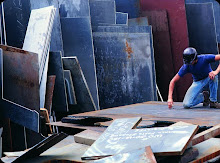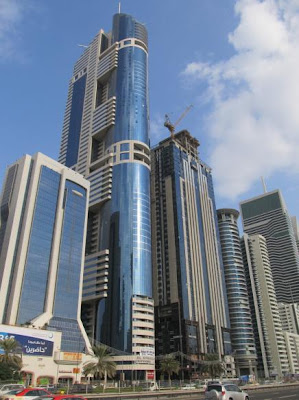Office center “1000″ a.k.a. Banknote (Kaunas, Lithuania)
Architects: Rimas Adomaitis, Raimundas Babrauskas, Darius Siaurodinas
Dates: 2005-2008
The Puerta de Europa towers a.k.a Gate of Europe a.k.a Torres KIO (Madrid, Spain)
Architects:Philip Johnson and John Burgee
Dates: 1996
Walt Disney Concert Hall (Los Angeles, California, USA)
Architects:Frank Gehry
Dates: 1987 – 2003
Edificio Mirador (Madrid, Spain)
Architects: MVRDV
Dates: 2004
Turning Torso (Malmö, Sweden)
Architects: Santiago Calatrava
Dates: 2005
Nakagin Capsule Tower (Tokyo, Japan)
Architects: Heinz M. Springmann
Dates: 2000
Dancing Building (Prague, Czech Republic)
Architects: Frank Gehry
Dates: 1996
HAVE A NICE DAY :)








































.jpg)








